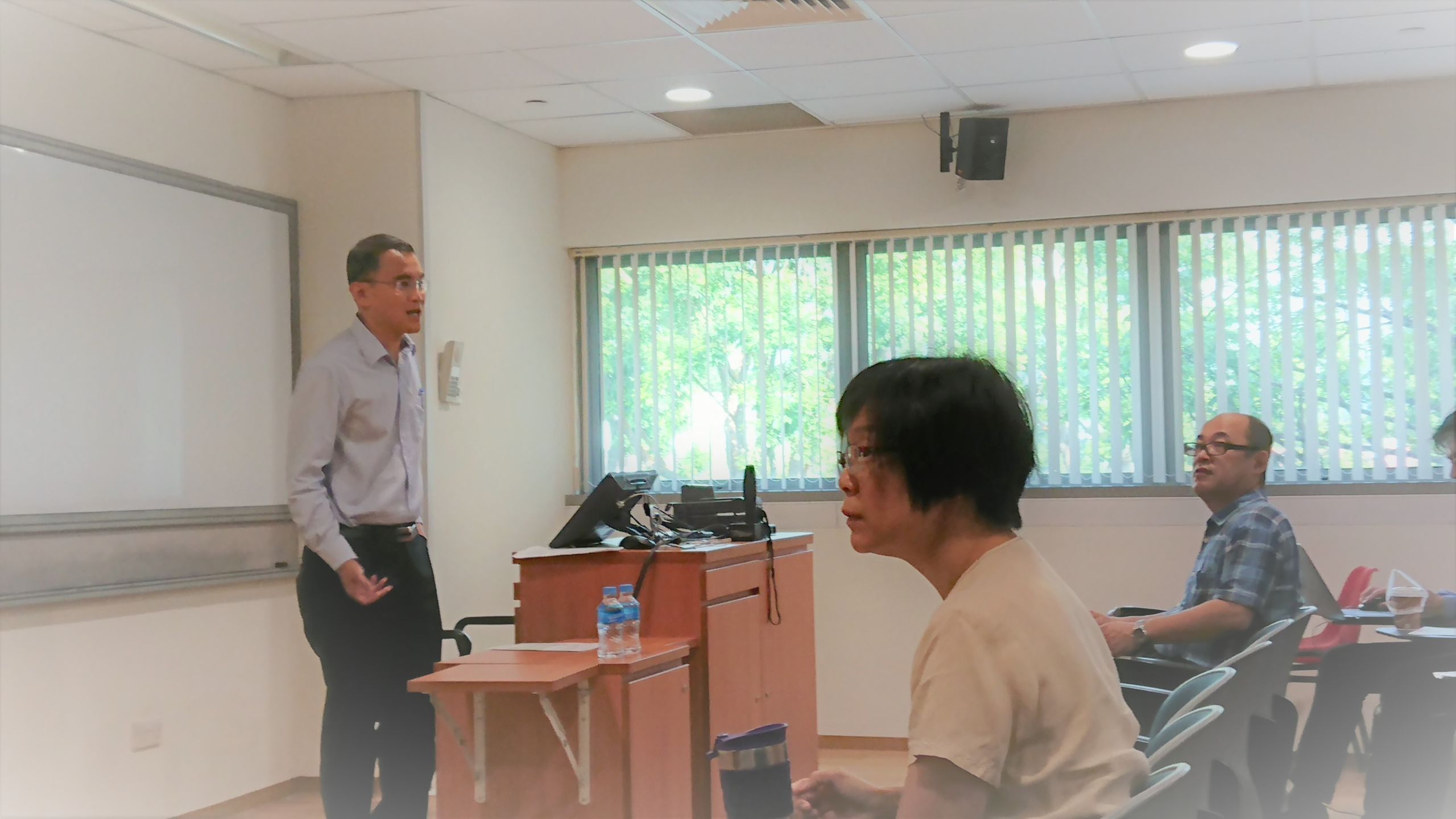
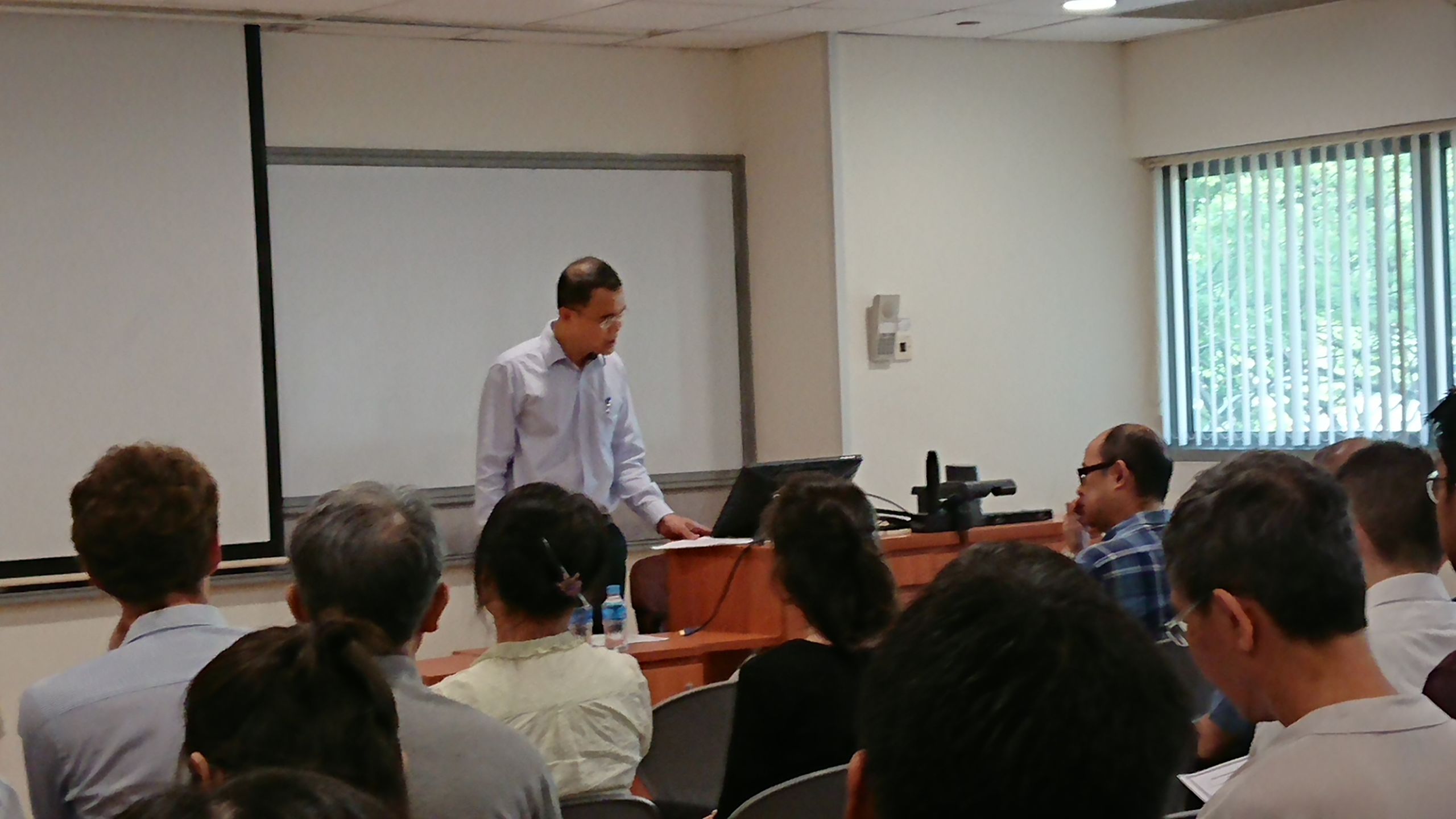
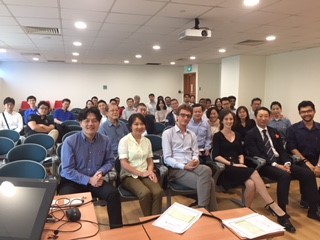
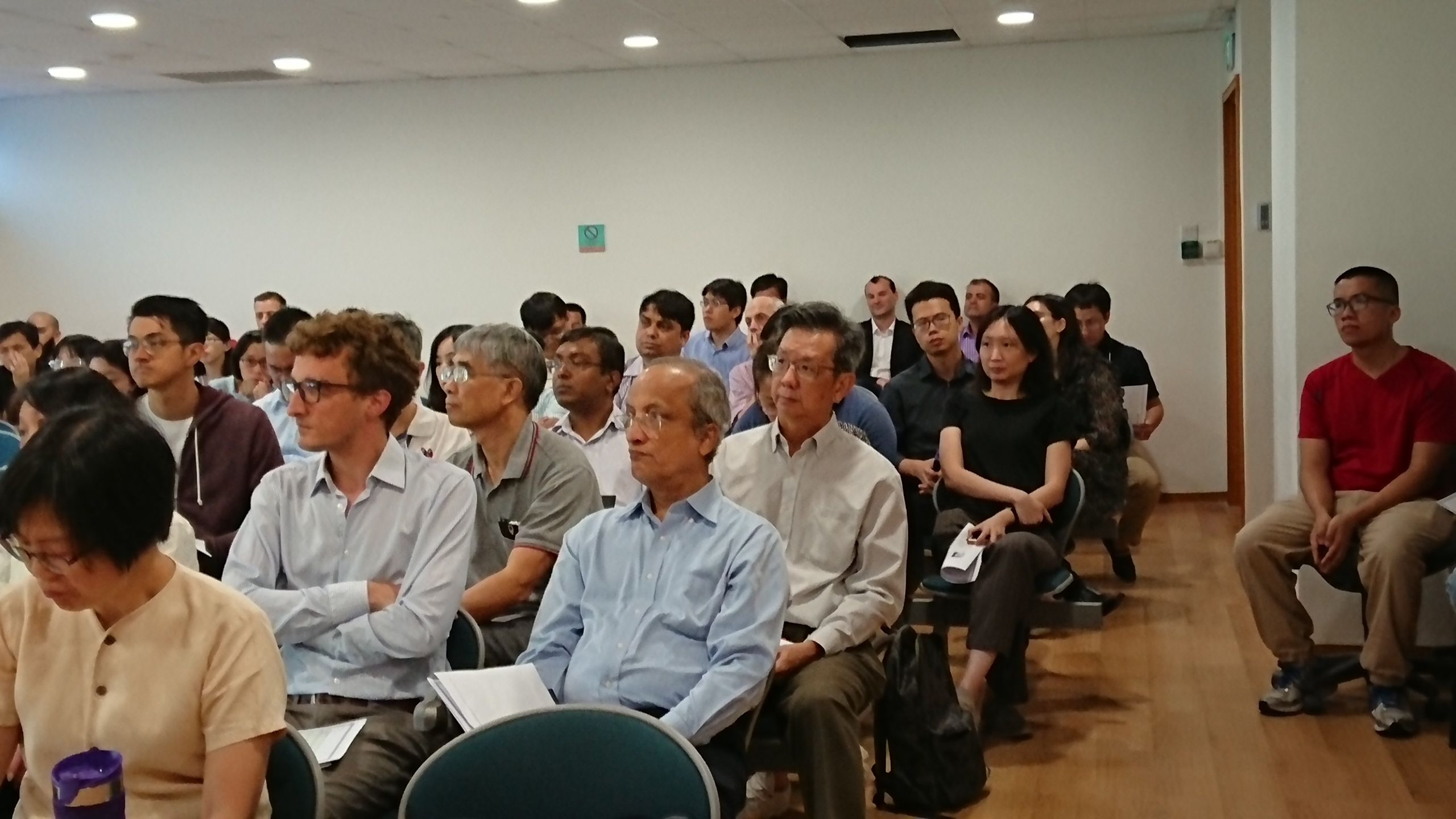
E6NanoFab held the joint symposium on Nanofabrication and Nanoengineering in partnership with Raith Asia and Heidelberg Instruments on 22 June from 8.30am to 1:00pm. The symposium was well received with close to 90% seats filled. Professor John Thong, Head of Department of Electrical and Computer Engineering opened the talk with his welcome speech. He gave audience glimpse into the development and milestones of E6NanoFab.
Dr Andrew Yu, Sales and Marketing Director of Raith Asia Pacific shared his deep knowledge on Focused Ion Beam (FIB) Nanofabrication which helped to minimize process development effort. He also explained the difference approach of FIB and EBL nanofabrication process.
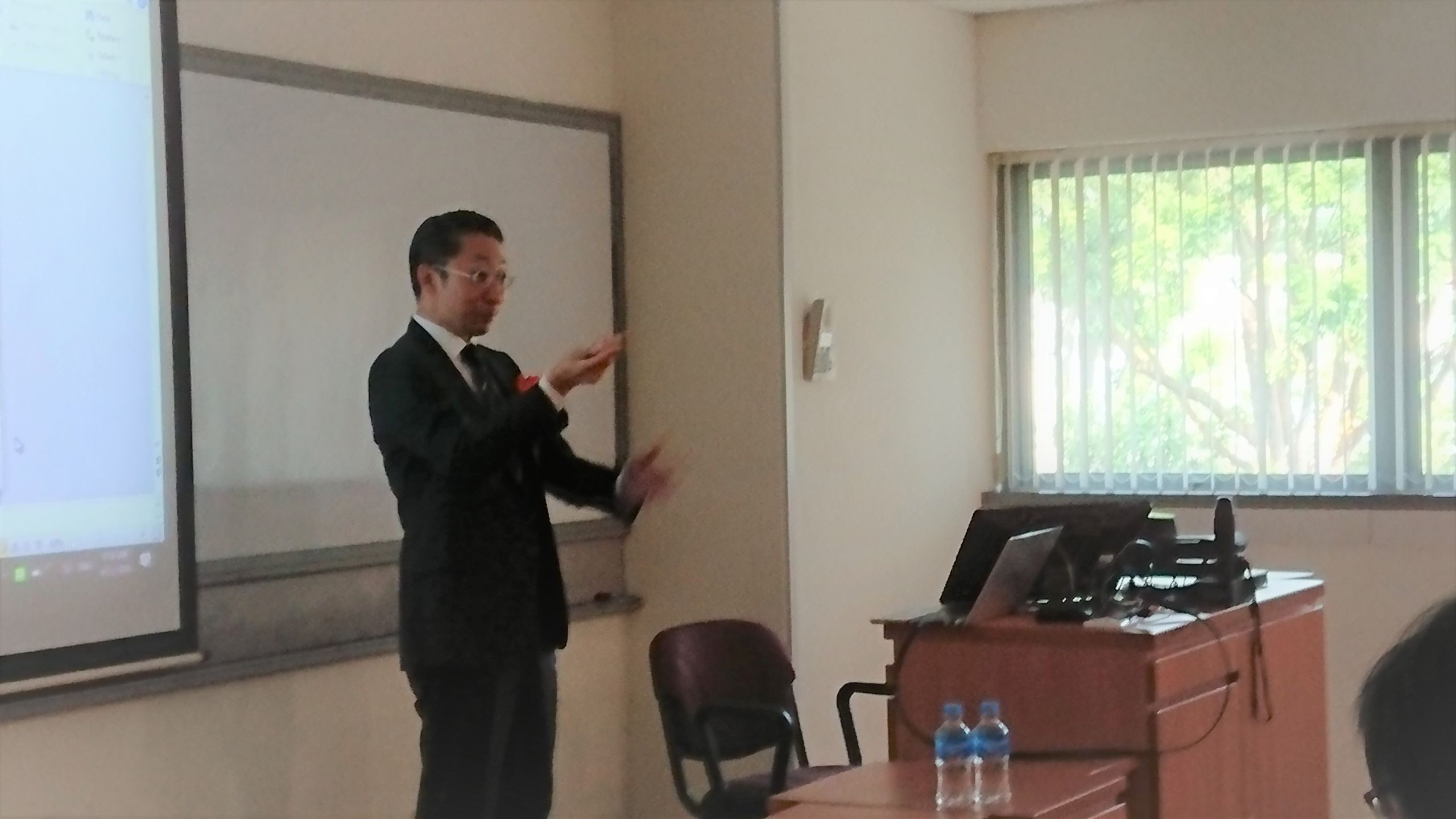
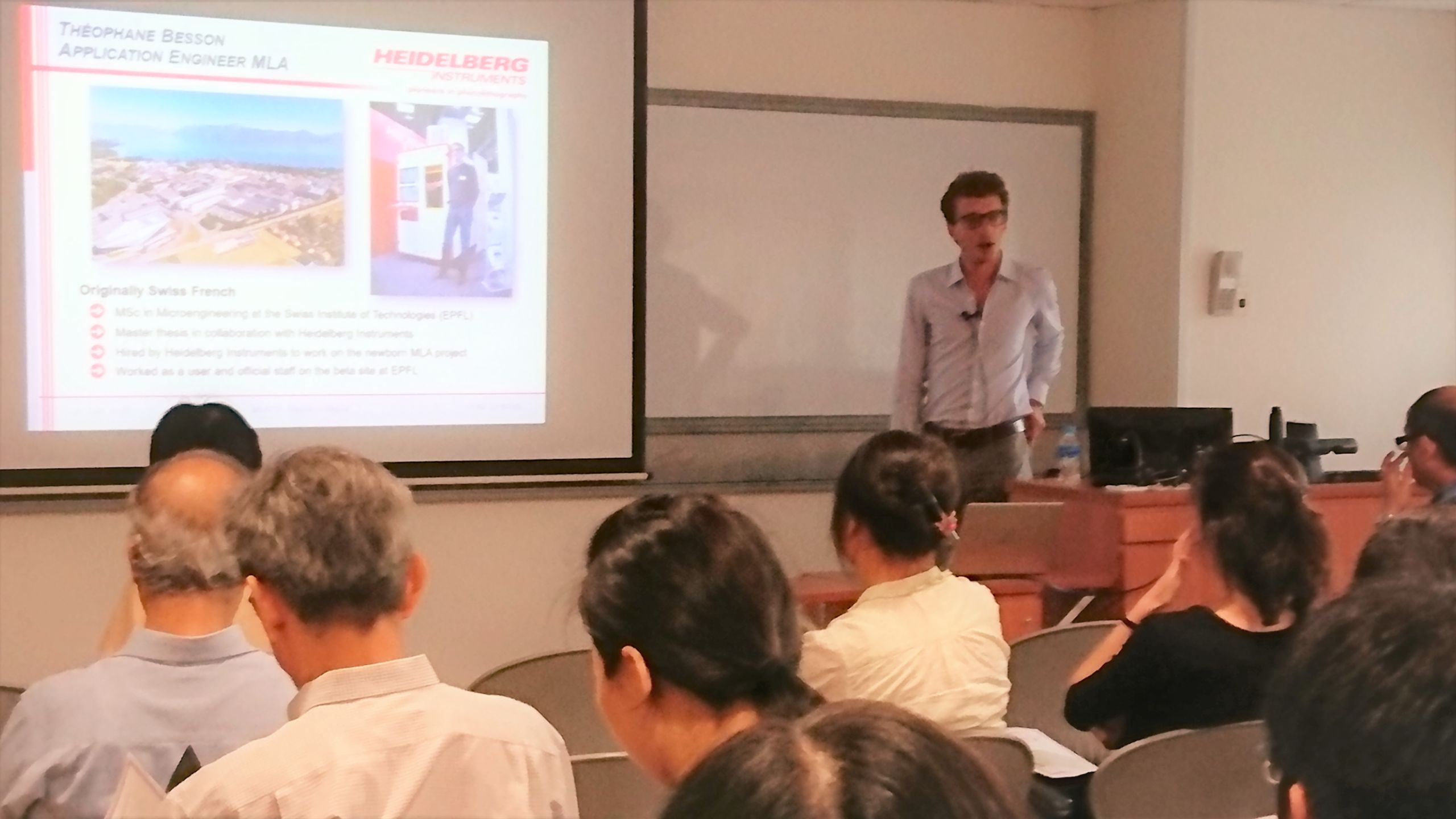
Next up was Mr Théophane Besson of Heidelberg Instruments who presented on the latest applications in Maskless Lithography including but not limited to life science, MEMS, micro-optics, semiconductor and material research. It is good to learn that the elimination of photomasks from the lithographic process will increase the flexibility and significantly shorten the prototyping or manufacturing cycle.
A/Prof Vincent Lee of NUS provided a glimpse of moving from Neuroprothesis to Bionic Man and Implantable Devices in future. He further presented on the application of Advanced MEMS and NEMS technology in light of Singapore’s smart nation agenda and moving towards 2020+.
Ms Marta Leccardi, the PhD student of EPFL Center, Switzerland showcased her study on new materials and Polyretina, a new concept for retinal implant. Ms Marta demonstrated the safe usage and possibilities of the new materials used in polyretina. It is certainly assuring to those with degenerated retina that the concept of restoring visual percepts using implantable devices is working and safe.
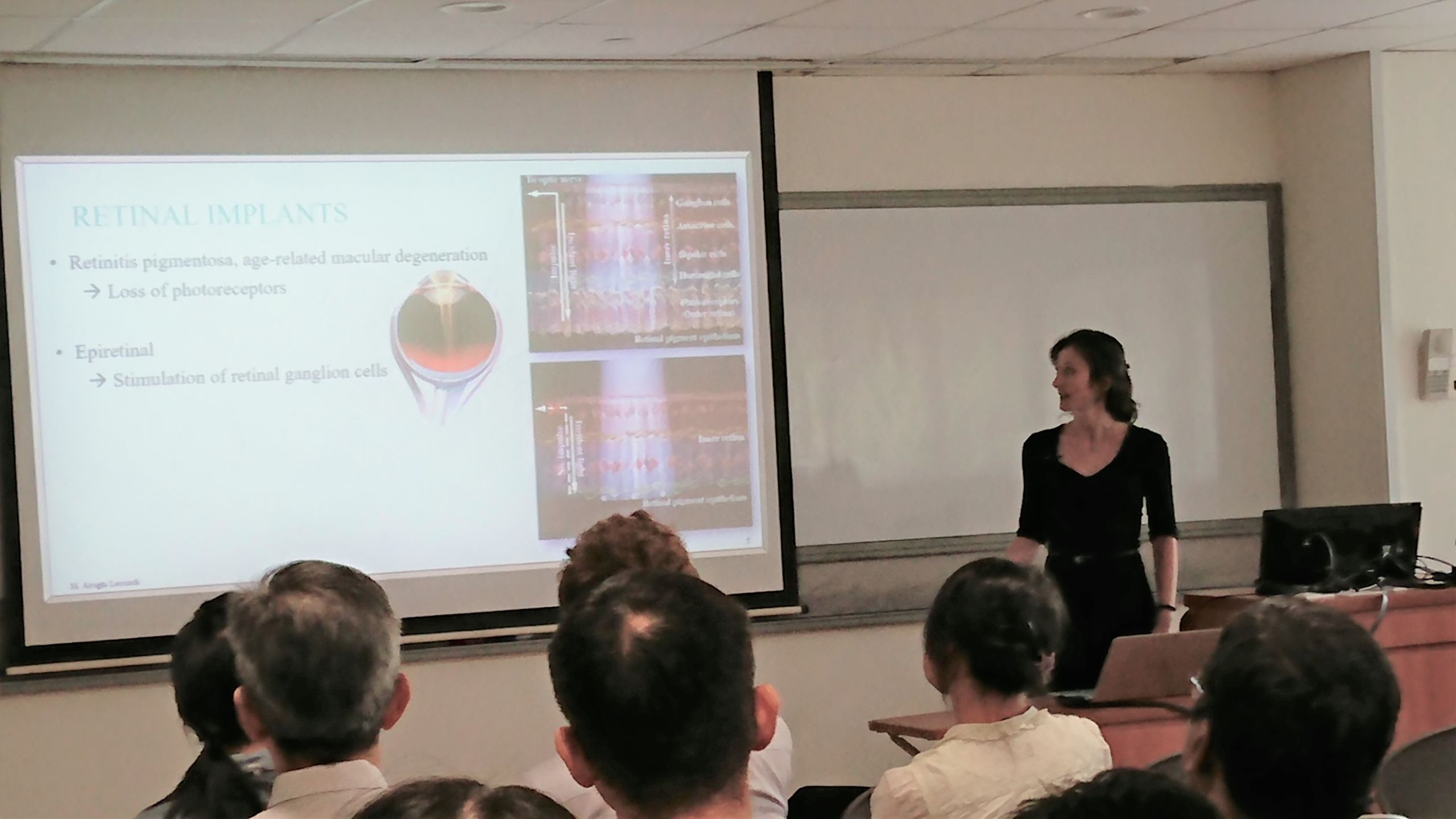
The last presentation was from Dr Wu Zheng Ming of Swiss Litho AG on NanoFrazer Lithography for High Resolution 2D and 3D Device Fabrication. She shared that the thermal scanning probe lithography was a technology developed at IBM Research Zurich, which uses an ultra-sharp tip to evaporate a thermally sensitive resist. The easy to use high speed tool would be a breeze for researchers looking for nanometre sized geometries of any kind.
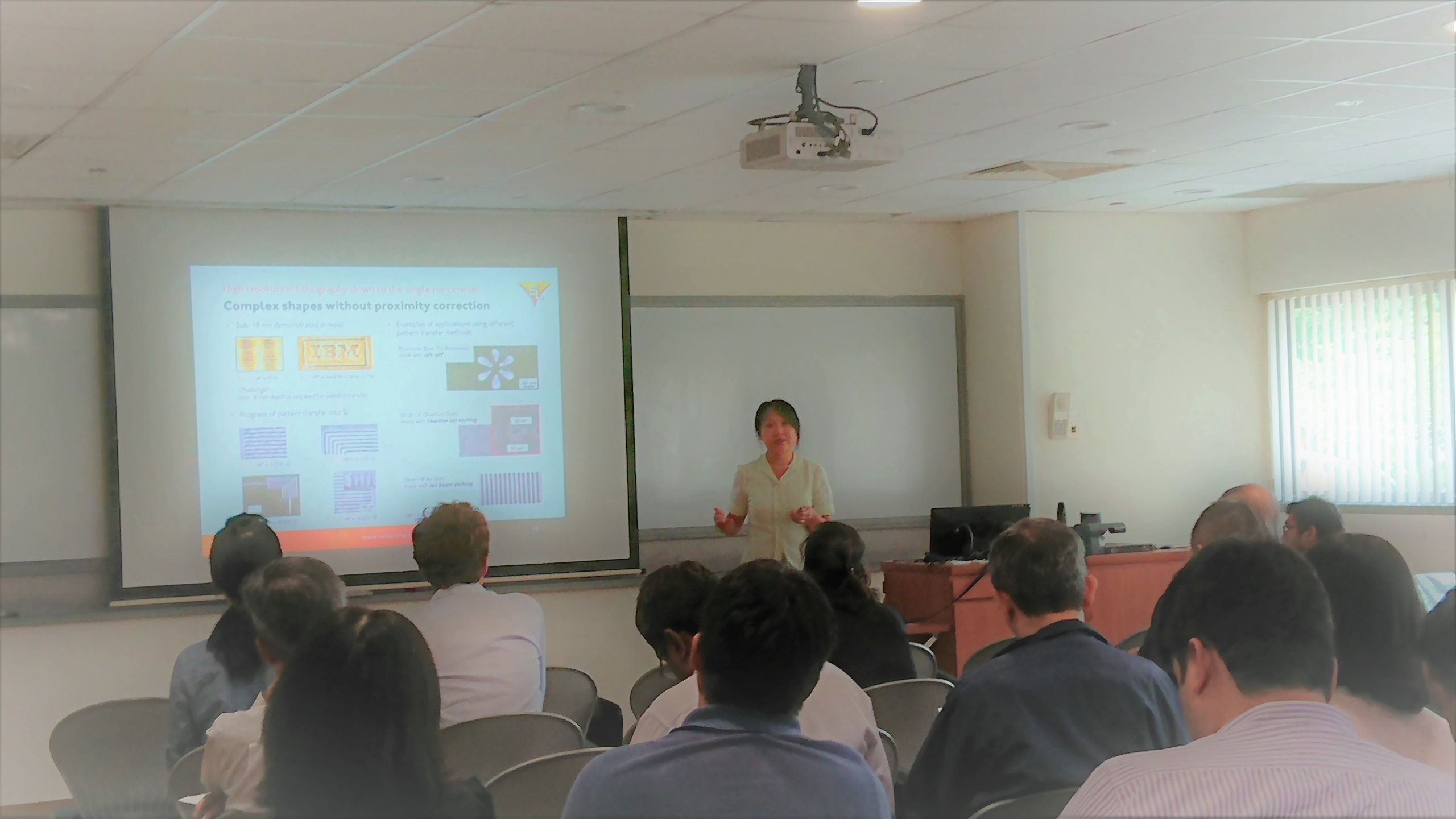

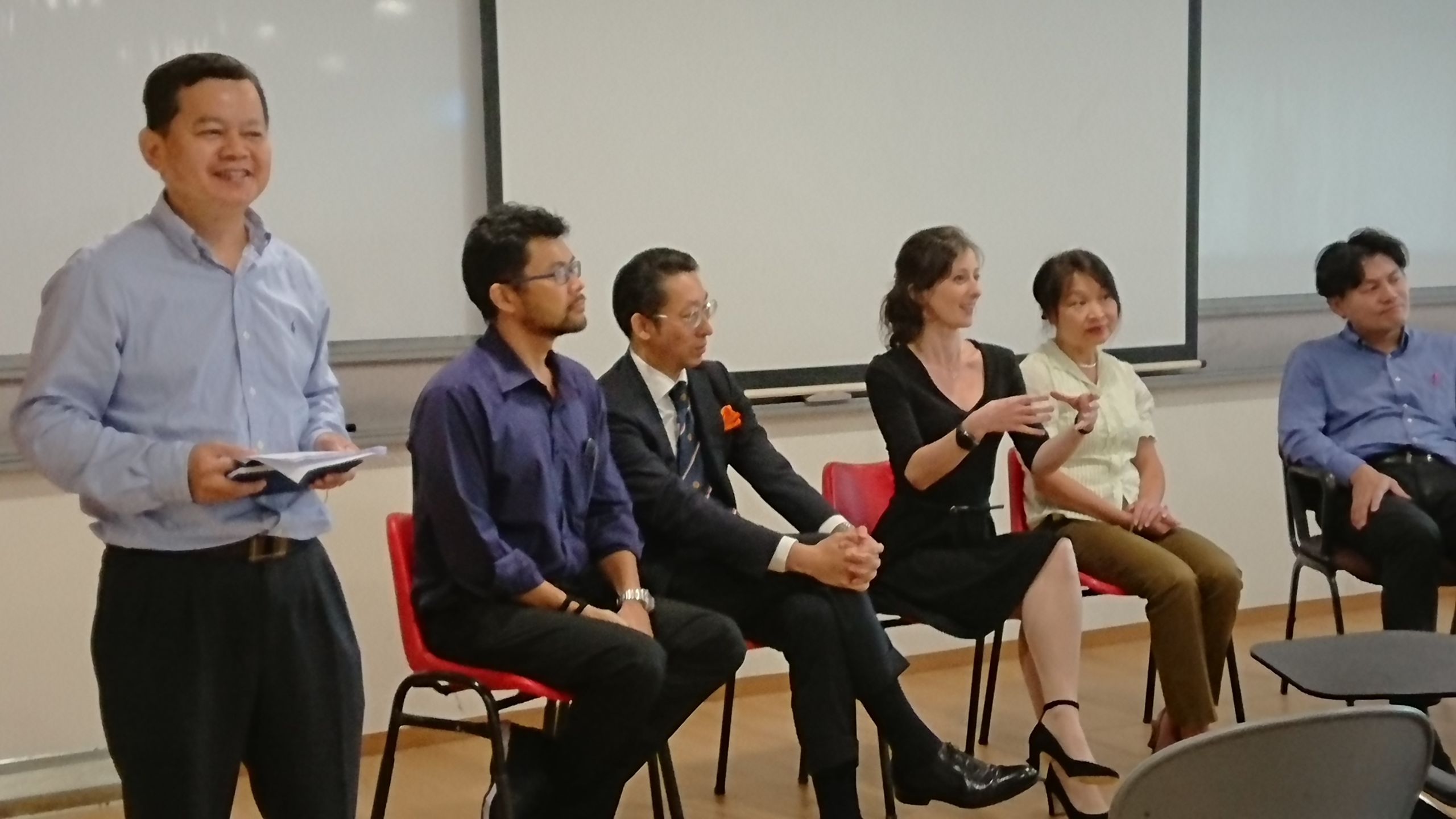
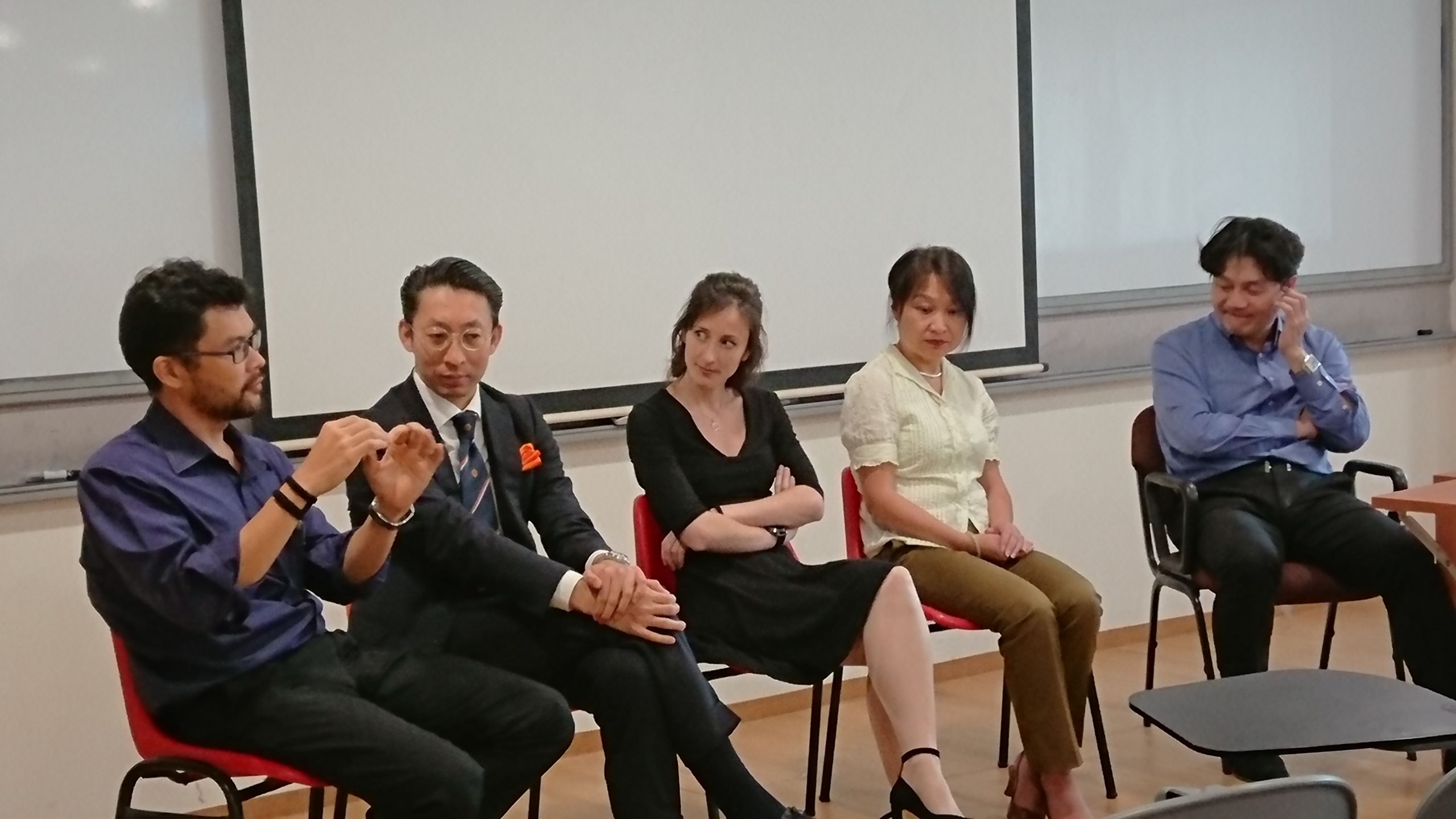
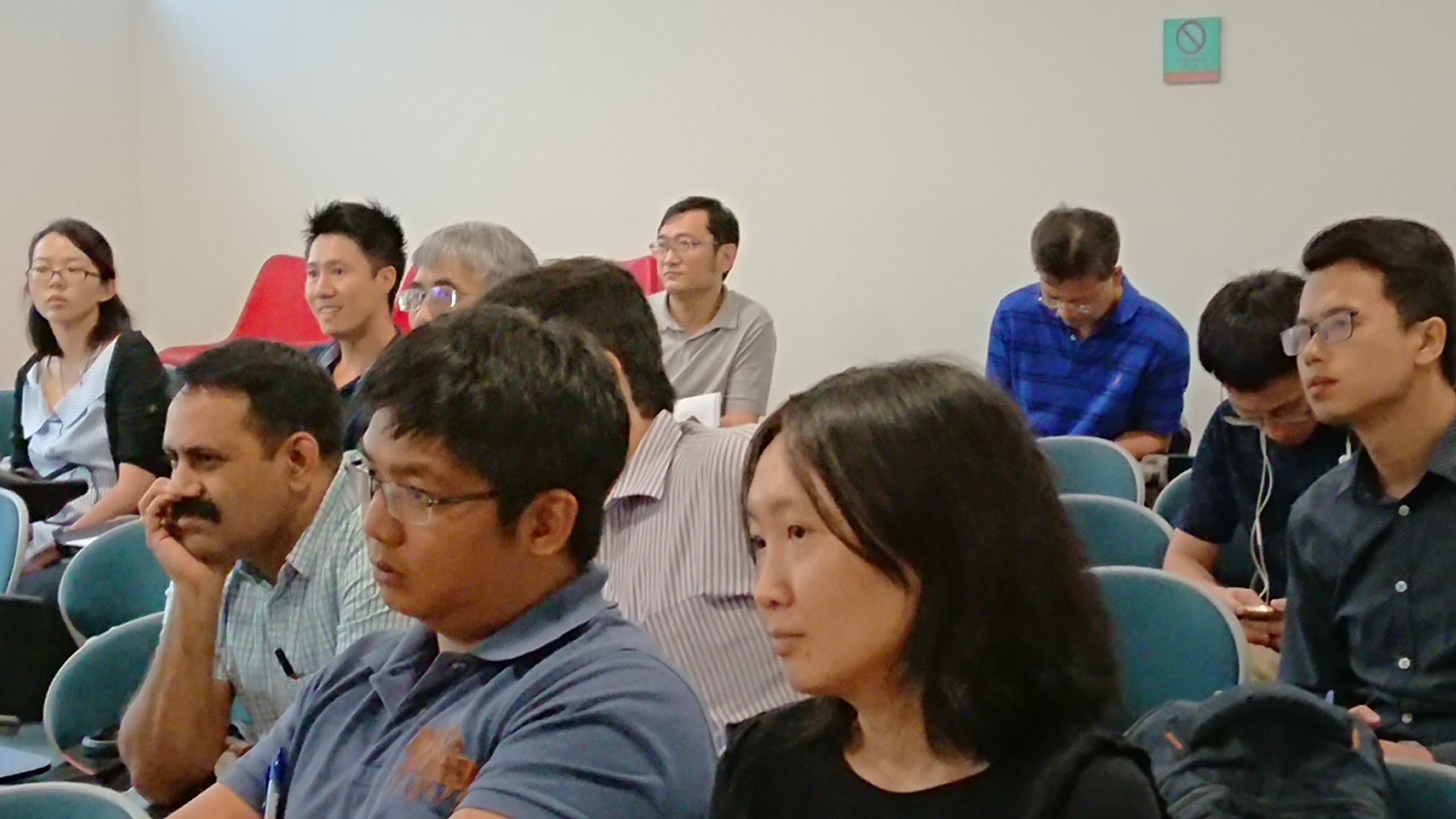
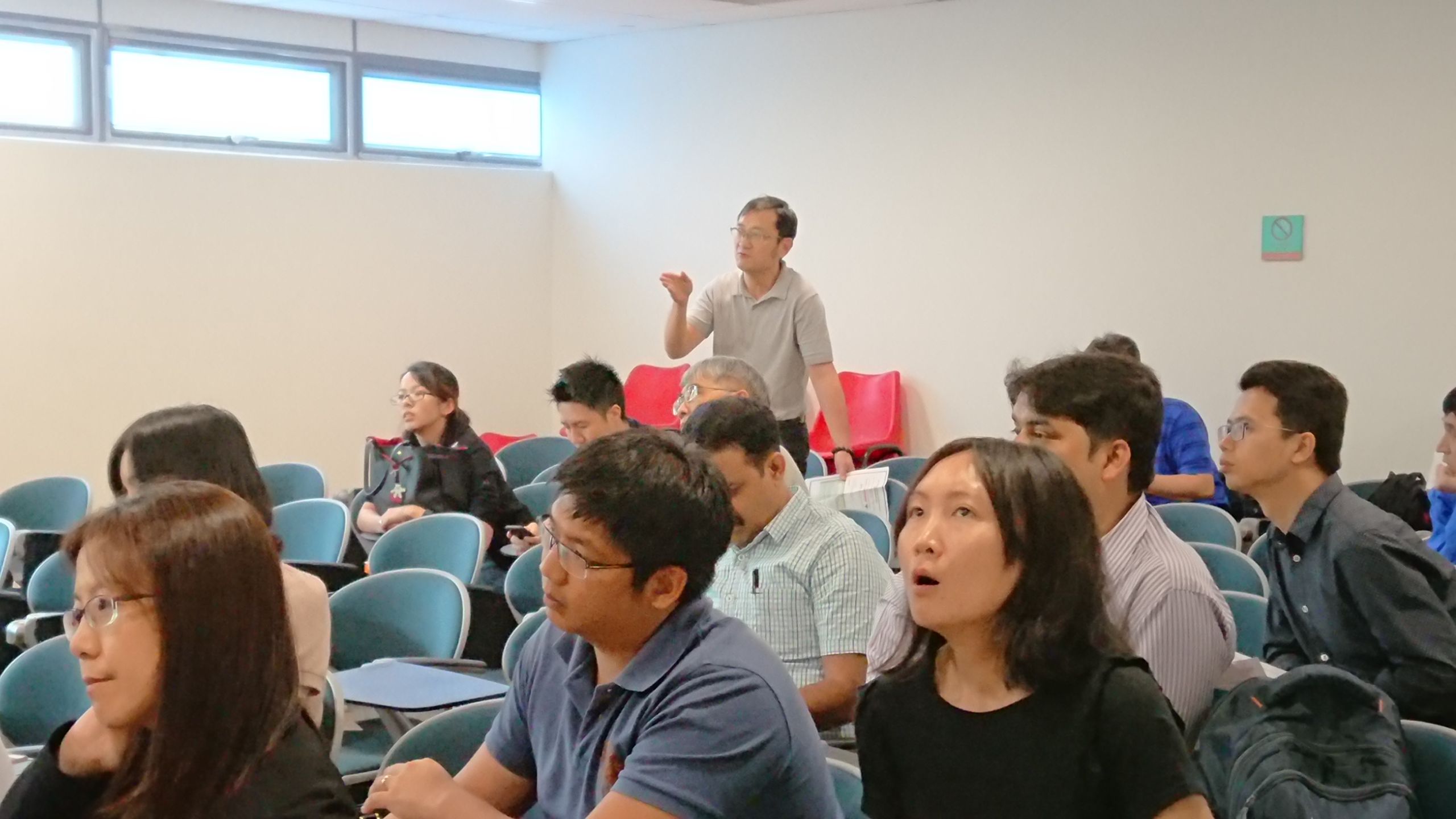
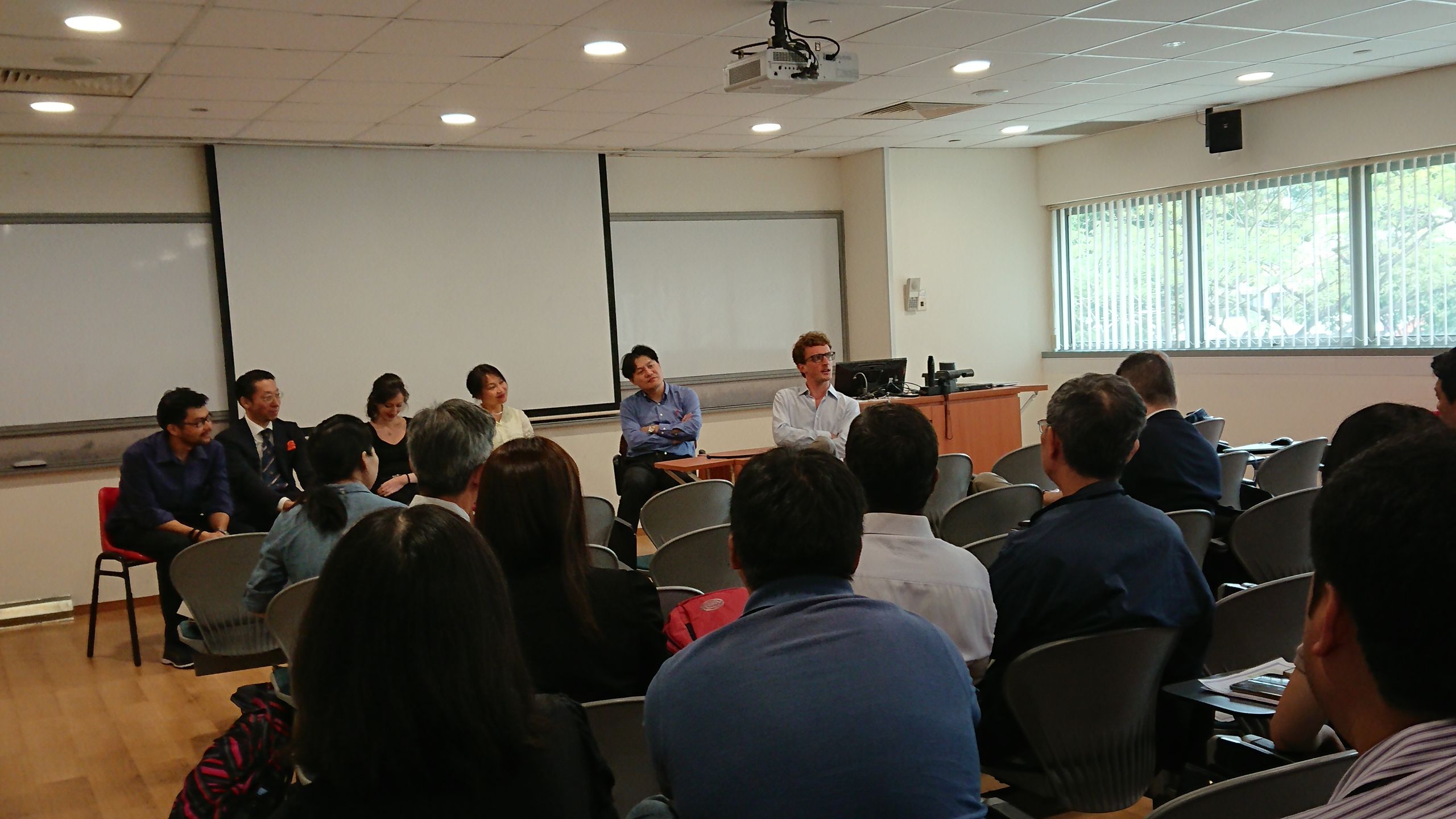
The panel discussion session saw active participation from the audience with wide ranging discussion and questions relating to the nueral engineering, pizoresistive sensor technology, novel plasmonic colour printing method and novel nanofabrication processes.
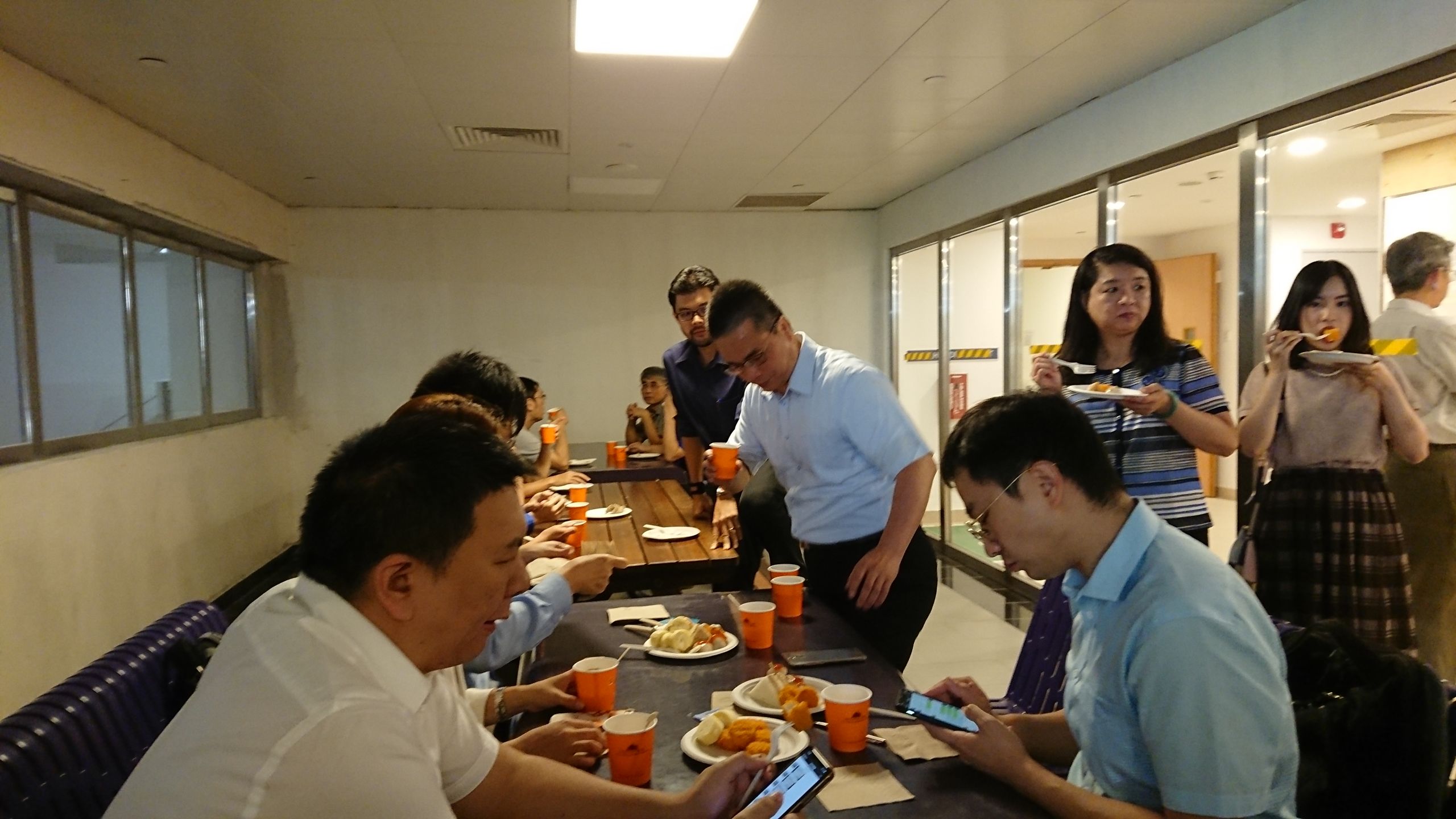
The symposium was not just talks. The lunch session provided an avenue for equipment experts, scientists, professors and researchers to network and engage in the respective field of interests.
Event Report Contributor: June Toh, Administration Manager, E6NanoFab.






